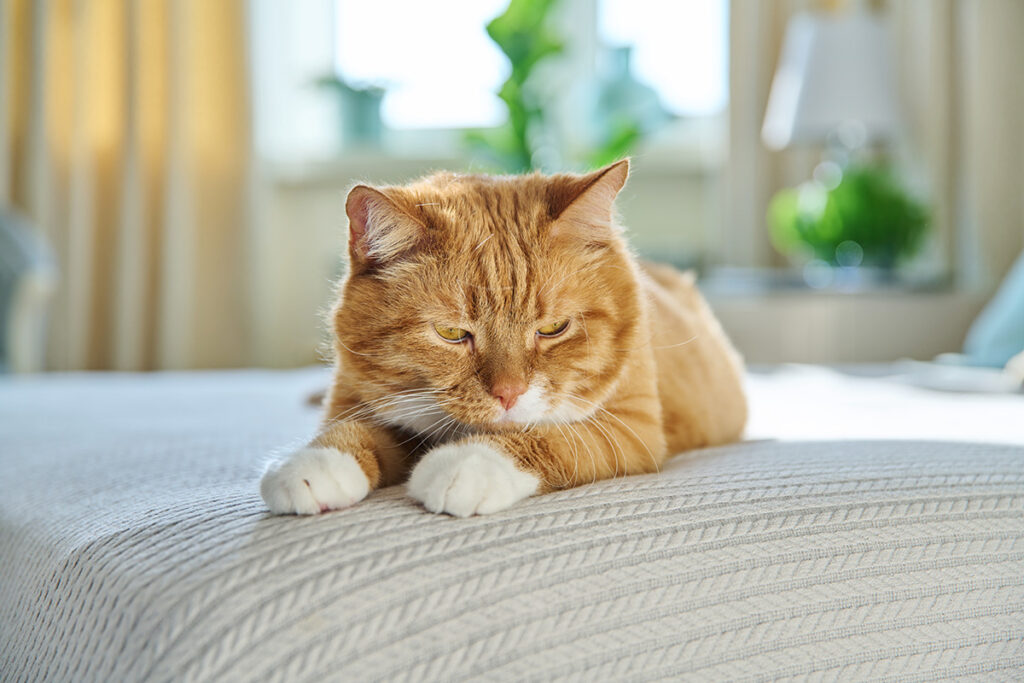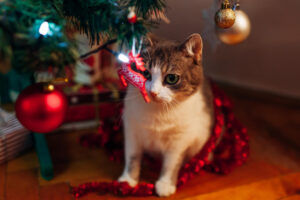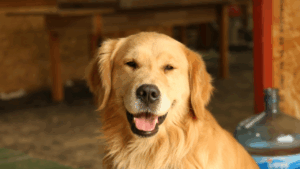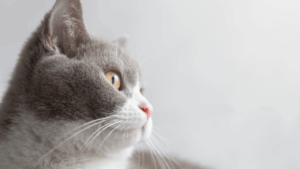Our homes are meant to be a safe haven for our pets, but hidden dangers can often be found in every room. From toxic foods in the kitchen to hazardous plants in the living room, as a responsible pet owner, you will want to take steps to create a secure environment. March is Pet Poison Prevention Month, making it the perfect time to pet-proof your home. At McMillin Animal Hospital, we’re here to help you identify potential risks and make your home a safer place for your furry companions.
Pet-Proofing Your Kitchen and Living Areas
The kitchen is one of the most common places where cats and dogs encounter toxic substances, and other living spaces in your home can also carry potential poison risks. Keep an eye out for these hazards:
- Toxic Foods: Chocolate, grapes, onions, garlic, xylitol (found in sugar-free gums and other products), and alcohol are all harmful to pets.
- Garbage Bins: Trash cans often contain food scraps and packaging that pets may ingest. Use a secure, lidded bin, and keep bins stored away if possible.
- Cleaning Products: Many dish soaps, degreasers, and disinfectants contain chemicals that can be harmful if swallowed.
- Hot Surfaces and Sharp Objects: Stovetops, knives, and other kitchen tools should be kept out of reach of curious pets.
- Houseplants: Some common indoor plants, like lilies, pothos, and philodendrons, can be toxic if chewed.
- Electrical Cords: Pets, especially puppies and kittens, may chew on cords, risking electric shocks. Use cord protectors to prevent this.
- Small Objects and Decorations: Items like coins, batteries, and small toys can be choking hazards or cause internal injuries if swallowed.
- Essential Oils and Air Fresheners: Some essential oils are toxic to pets and should be used with caution.
Pet Hazards in Garages, Outdoor Spaces, and Gardens
Your yard and outdoor areas should be a fun and safe environment for pets, but some common outdoor dangers include:
- Antifreeze and Automotive Fluids: Even a small amount of antifreeze can be fatal to pets due to its sweet taste and toxicity.
- Toxic Plants: Azaleas and sago palms can be deadly to pets if eaten.
- Lawn and Garden Chemicals: Pesticides, fertilizers, and herbicides should be pet-safe or used in areas your pet cannot access.
- Standing Water: Puddles, ponds, and stagnant water can contain harmful bacteria or parasites.
- Fencing: Make sure fences are secure to prevent pets from escaping or encountering hazards outside your yard.
What You Can Do to Protect Your Pet from Harm and Toxins
Taking proactive steps can prevent accidental poisoning and injuries. Keep toxic substances out of reach. Store chemicals, medications, and cleaning products in locked cabinets. Choose pet-safe plants. You can research indoor and outdoor plants before bringing them into your home with the ASCPA’s guide to toxic and non-toxic plants. Use pet-proof trash cans. Prevent pets from accessing dangerous food scraps and chemicals. Monitor your pet’s environment. Supervise pets when exploring new areas of your home or yard. Educate your family members and guests on what is dangerous to pets.
If your pet does swallow something toxic, contact your veterinarian or an animal poison hotline like the Pet Poison Helpline right away.
Make Your House a Safe Space for Cats and Dogs
Creating a pet-safe home takes awareness and proactive planning. By identifying potential hazards in each room and making small adjustments, you can provide a secure environment for your beloved companions. March is Pet Poison Prevention Month, so evaluate your home and make necessary changes. If you need advice on pet-proofing your home, McMillin Animal Hospital in Orting, WA is here to help.
Want to make sure your home is safe for your pets? Schedule an appointment for expert guidance on creating a pet-friendly living space. We see cats and dogs from Orting, Puyallup, and nearby cities like Sumner and Bonney Lake for veterinary care.





